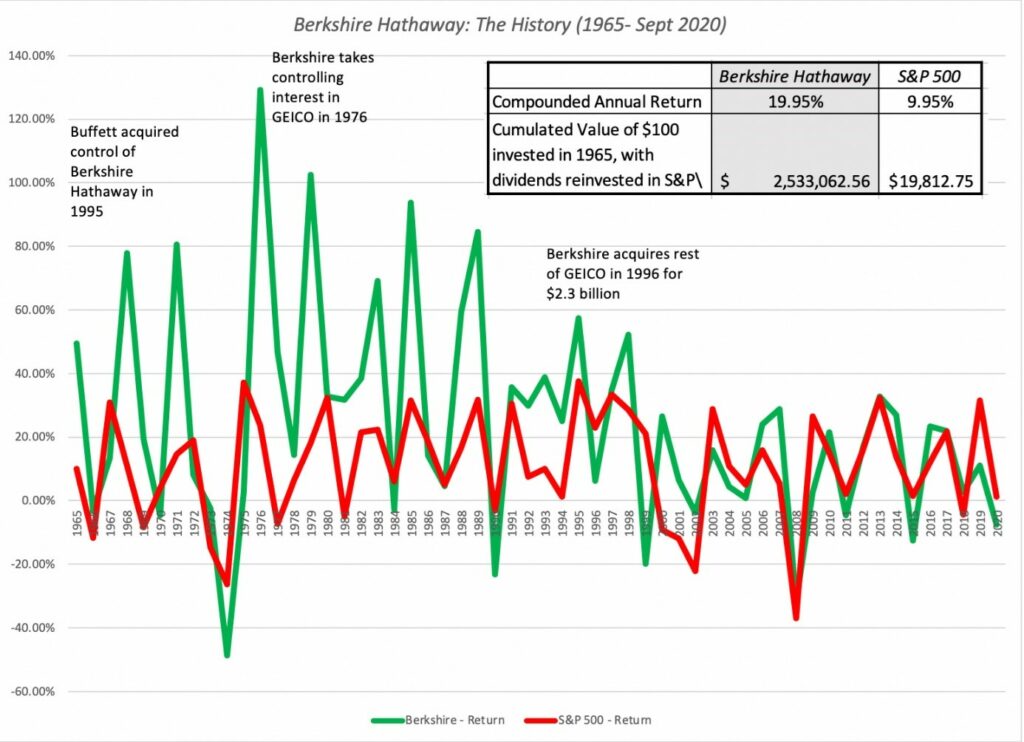Your savings are in danger
Everyone that has a TV or does his groceries, knows this simple fact:
Inflation has been back for a few years now, and the purchasing power of everyone has been diminished. Reported numbers such as CPI, PPI and GDP deflators have been strongly highlighting that we have seen higher inflation now that we have seen in a decade and even if your president is saying that we have attained the peak, you still need to comprehend something:
Your savings are never going to be safe if you don’t take matters in your own hands.
It is undetermined at this point if this inflation phase is transitory or permanent, what we know is that in either case, you must be prepared.
To simplify my demonstration, I’m going to use the simplified Keynesian model:
He assumed that: R = C + I where R= revenues, C= consumer spending and I= investments.
Which also means that I = R – C.
At this point, you already know that wages can be increased to oppose the inflation, but it is almost never enough to compensate. While consumer spending is also increasing due to rising prices, you can obviously guess that the amount of capital available to invest is going to decrease. In that sense, it is definitely going to complicate your capacity to improve your financial situation.
Furthermore, even if you assumes that the amount of savings that you can monthly put aside is going to stay the same, the simple fact that this amount is tied to your currency means that that you are losing value due to currencies being exposed to different levels of inflation (this is why interest rates vary across currencies over time).
Meaning that, for example, if you can monthly save 1000$ in a period of inflation or not, this amount is going to be affected by the fact that your purchasing power has been weakened.
1000$ in a period of inflation and 1000$ in a period of deflation do not have the same value.
Therefore, you are losing money, EVEN if you are able to save the same amount.
If you think about it, the saving rate in the euro area was at 14.8% in Q2 2023 which means that the issue of having a capital that is deteriorating due to inflation is not concerning that many people since only a small percentage is able to save money. But for those that actually save money each month, you have to ask yourself: Off that percentage, how many of them actually invest a moderate amount and do not let it just sleep in their bank account?
Even more, do you admit that the common investing vehicle for most individuals is bonds, either by the means of a broker or a legally regulated savings account promoted by your bank which returns at its maximum a yield of 5 to 6%.
Do you think that it is enough to compensate the loss in value of your currency and of your purchasing power? It is common knowledge that inflation is a bond’s worst enemy because for an investor relying on a stream of fixed income payments, higher inflation reduces the purchasing power of fixed payments since those payments stay equal during that period. To be short, payments remain fixed while the price of goods and services increases. If you add the fact that the value of those bonds is depreciating since bonds that reflect better future rate are issued after that Central Banks have raised interest rates, you truly end up at the wrong end of the rope.
To conclude, your long term savings are not going to survive the inflation if you don’t have a proper strategy in place. For those that cannot save up money, themselves cannot be saved. For those that do save up money, but do not do anything with it, they cannot be saved. For those that let their bank counselor invests their savings into bonds or insurances, they cannot be saved.
But the one that can be saved, are the ones that realize that investing should be something that is absolutely and utterly taken seriously as priority to secure your future.
01/22/2024
CB.
